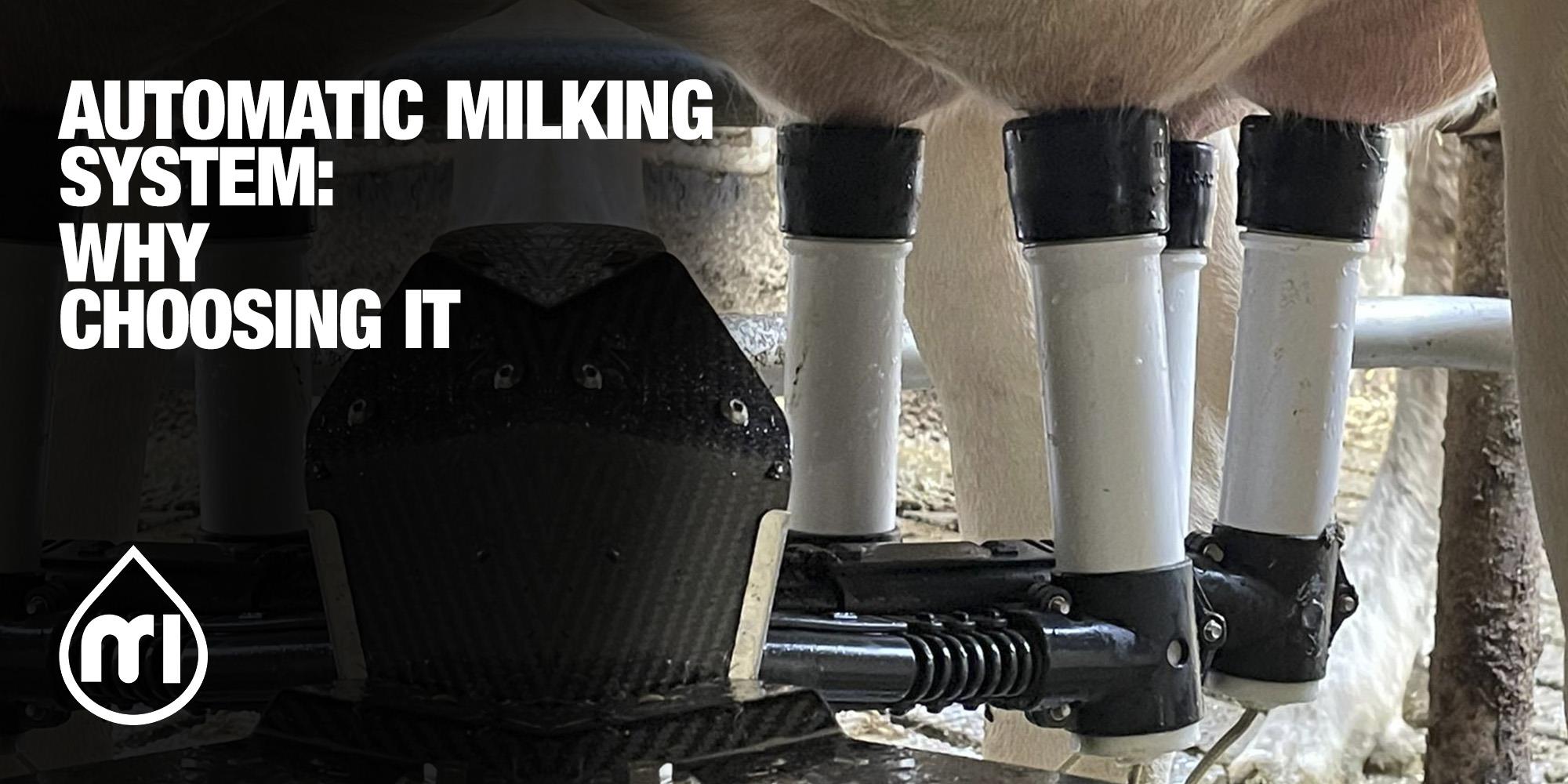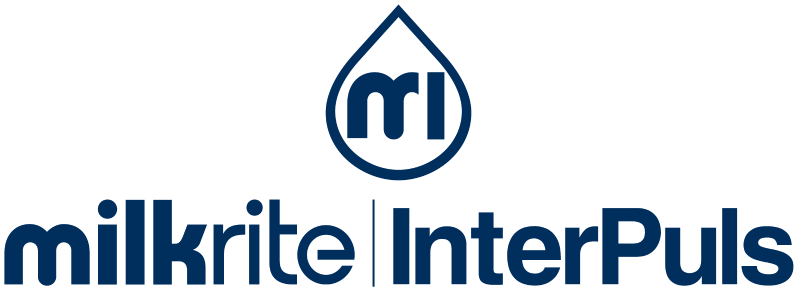
Automatic Milking System: why choosing it
What benefits does Automatic Milking ensure to farmers? And how could they get the best from such a disruptive technology? Keep on reading to find out practical, helpful insights into the Automatic Milking Systems’ world.
If someone had told you that cows would have been milked by robots, would you have ever believed them?
Actually, Robotic Milking Technology, also known as Voluntary or Automatic Milking Systems (AMS), has its roots back in 1992, when the first automated milking parlour was set up in the Netherlands.
The peculiarity of installation is that it does not require any direct assistance from the milking staff. In fact, robots are made up of a robotic arm, placed into a milking stall, that attaches the liner to each cow’s teat. Moreover, animals are not forced into the crate at a specific time, but they rather enter it when they want to be milked.
Thanks to Ghislain Coppejans, Regional Sales Manager, we now dive into what makes this system so peculiar and advantageous.
Why should you opt for Robot Milking?
Here we gathered some of the main reasons why farmers start or should start evaluating the switch from standard milking to AMS:
- Better and quicker decisions. The milking robot's management program provides extensive information, allowing the farmer to make better management decisions sooner. Thanks to the robot, the amount of data on milk and cows’ health and behaviour is massive. Moreover, it can be displayed in simple visual reports, analysis, and information, which become a convenient source for better decisions to improve health, productivity, and milk quality. In addition, the wide range of KPIs and functionalities are delivered to farmers wherever they want, whether on a laptop or mobile device, making it possible for them to view and control the system operation, track daily routines, and update individual cow data or change the system settings.
- Workload reduction. While finding labour becomes an increasingly important struggle in dairy farming, robots allow farmers to spend less money on the paid workforce. In fact, the success factor for a farm milking with robots is structured working, which means that the labour efficiency is high, and the technical results are good. A milking parlour automatically brings rhythm into the farm, while with a robot, the farmer has to organize this rhythm himself. In short, AMS demands a change in farm management that gives the farmer a better quality of life and improves working conditions to manage the herd more efficiently.
- More milk with fewer cows. A milking robot milks about 2,000 litres of milk per day, depending on the production of the cows, milking speed, and settings of the robots. After an initial transitional period, in which both the cows and the farmer have to get used to the new milking method, farmers who switch from traditional milking machines to robots still see an increase in production and an improvement in udder health and Somatic Cell Count.
What benefits would you see when switching from traditional to AMS?
Although the milking technology in robots is very similar to traditional equipment, there are differences:
- Cows choose to be milked. As we previously mentioned, AMS means that cows voluntarily enter a milking station, mostly with bait feed, to be milked automatically without the intervention of a milker. There are systems with completely free cow traffic and systems where the cows are guided by automatic selection gates with identification. In the latter case, when it is time to be milked, cows are gathered in the waiting room to enter the robot. This ensures a quiet environment without stress, compared to traditional systems where the cows are forced into the waiting area for milking 2 or 3 times a day.
- Shorter intervals, more milk. The interval between one milking and the other is shorter with AMS. The voluntary visit is an important success factor as this is a more natural concept. In fact, cows can be milked more frequently, the cells are emptied earlier, and thus new and more milk is produced. A cow's milk production decreases when the time between two milkings lasts longer than eight hours.
- Robotic systems milk per quarter. This method is healthier and less stressful for the teats and allows to milk quarters more completely. Moreover, it minimises the risk of “blind” milking, which is rather frequent with traditional systems where teat cups keep milking quarters that are already empty. In addition, for each quarter there are sensors measuring flow, conductivity, and temperature, along with other possible anomalies like blood detection. It is also possible to set pulsation phases, rates, and ratios per quarter.
From this introduction, AMS appears as a breakthrough technology that can affect the milking process throughput, as well as the workload of the staff at the farm.
However, there are some key aspects that should not be underestimated to make the best out of Robotic Milking. Make sure not to miss the next episode, to find them out!
